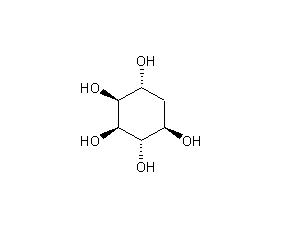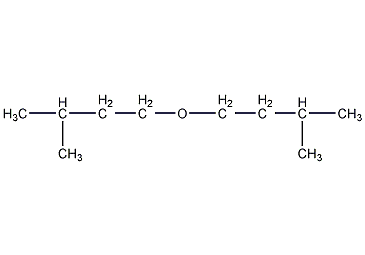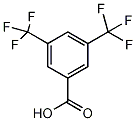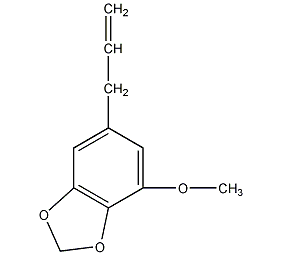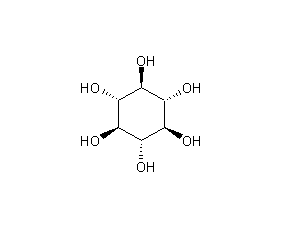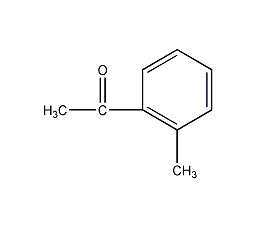2-fluorofluorene
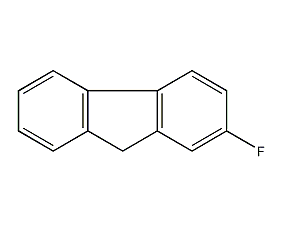

Structural formula
| Business number | 04AY |
|---|---|
| Molecular formula | C13H9F |
| Molecular weight | 184.21 |
| label |
2-Fluorofluorene, 2-Fluorofluorene, 2-Fluoro-9H-fluorene, Fluorenes |
Numbering system
CAS number:343-43-1
MDL number:None
EINECS number:None
RTECS number:None
BRN number:None
PubChem ID:None
Physical property data
一 , physical property data
Traits :Not available
Density (g/mL,25/4℃): Not available
Relative Vapor density (g/mL, air=1):Not available
Melting point (ºC): 98
Boiling point (ºC, normal pressure): Not available
Boiling point (ºC, 5.2kPa): Not available
Refraction Rate: Not available
Flash Point (ºC): Not available
Optical rotation (º): Not available
Spontaneous combustion Point or ignition temperature (ºC): Not available
Steam Pressure (kPa, 25ºC): Not available
saturated Vapor pressure (kPa, 60ºC): Not available
Burn Heat (KJ/mol):Not available
Critical Temperature (ºC): Not available
Critical Pressure (KPa): Not available
oil and water Log value of the (octanol/water) partition coefficient:Not available
Explosion Upper limit (%, V/V): Not available
Explosion Lower limit (%, V/V): Not available
Dissolve Properties: Not available
Toxicological data
Two , poisonAcademic data:
Acute Toxicity:Not available .
Ecological data
Three , Ecological data:
1 ,Other harmful effects: This substance may be harmful to the environment, and special treatment should be given to water bodies. Notice.
Molecular structure data
1. Molar refractive index: 53.78
2. Molar volume (m3/mol):152.5
3. isotonic specific volume (90.2K):393.8
4. Surface Tension (dyne/cm):44.4
5. Polarizability(10-24cm3 ): 21.32
Compute chemical data
1. Reference value for hydrophobic parameter calculation (XlogP): None
2. Number of hydrogen bond donors: 0
3. Number of hydrogen bond acceptors: 1
4. Number of rotatable chemical bonds: 0
5. Number of tautomers: none
6. Topological molecule polar surface area 0
7. Number of heavy atoms: 14
8. Surface charge: 0
9. Complexity: 213
10. Number of isotope atoms: 0
11. Determine the number of atomic stereocenters: 0
12. Uncertain number of atomic stereocenters: 0
13. Determine the number of chemical bond stereocenters: 0
14. Number of uncertain chemical bond stereocenters: 0
15. Number of covalent bond units: 1
Properties and stability
None yet
Storage method
None yet
Synthesis method
None yet
Purpose
None yet
